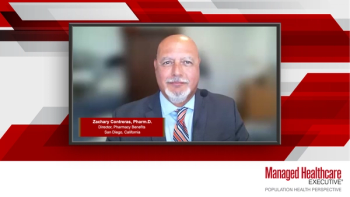
|Articles|December 23, 2020
Prescription Digital Therapeutics in Behavior-Driven Conditions
A multi-stakeholder panel discussion featuring insight on the use of prescription digital therapeutics as tools when managing behavior-driven conditions.
Advertisement
Newsletter
Get the latest industry news, event updates, and more from Managed healthcare Executive.
Advertisement
Advertisement
Advertisement


















































